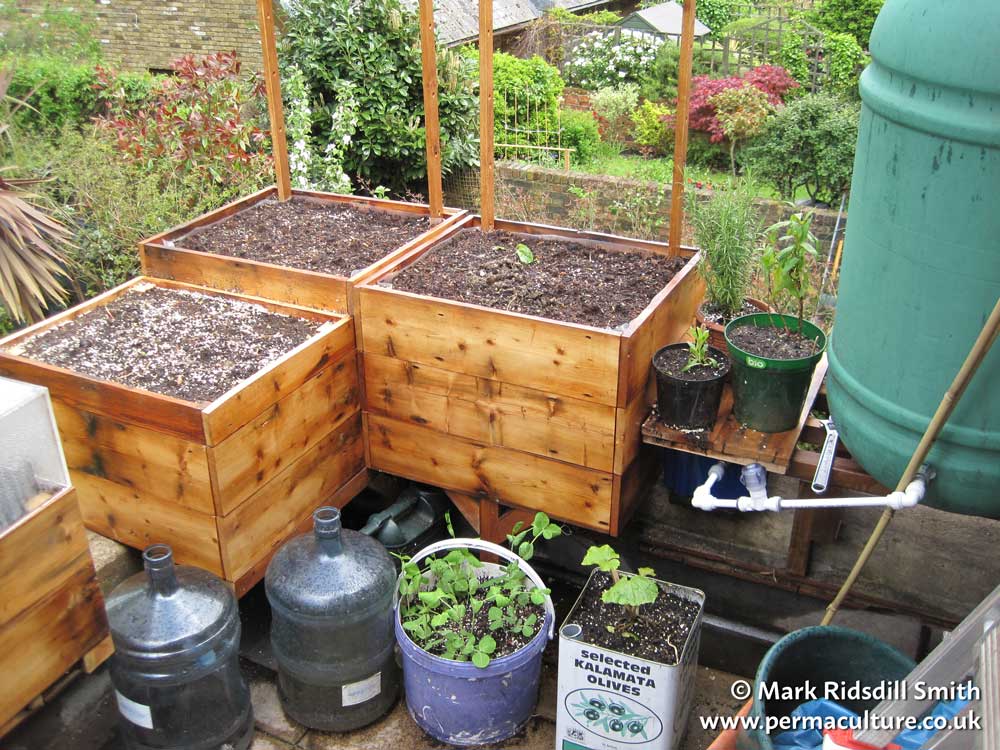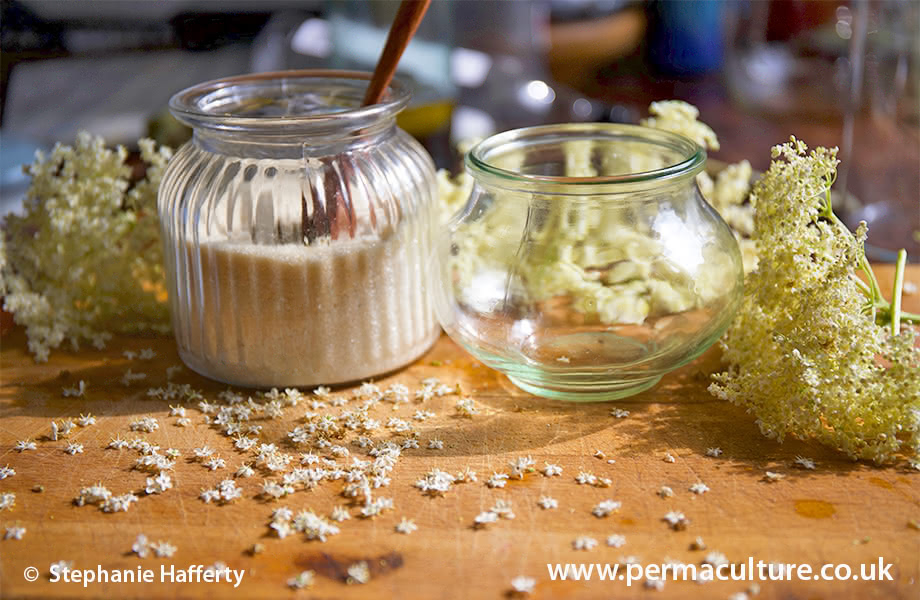The raspberry is a deciduous shrub growing to 1.5m tall by 1.5m wide. Trifoliate leaves have whitish undersides and stems have fine prickles. It flowers from June to August. The flowers are hermaphrodite and pollinated by bees and insects or are self-fertile. The fruit is an aggregate of drupelets around a central core. The plant has biennial stems and spreads by suckers. It is deciduous fruiting shrub with traditional uses of the astringent leaves for diarrhoea and as a uterine tonic.
Raspberry
Rubus idaeus
Latin name Rubus idaeus L.
Family Rosaceae
Habit Shrub
Hardiness USDA zones 4-7 | UK zone 3
Parts used Fruits/leaves
Harvest time Leaves in April-May, fruits in June onwards
Habitat/Origin
Raspberry grows wild in Europe and temperate Asia, often in moist hedgerows and woodland edges.
Herbal actions
Leaves are anti-inflammatory, antioxidant, astringent, haemostatic and tonic. The fruits are laxative, antiscorbutic, diuretic, antioxidant and anti-inflammatory.
Traditional use
Astringent raspberry leaves have been long used for wounds, colic, diarrhoea and many other complaints from stomach bleeds to menstrual problems and from emotional disturbances to exhaustion. They have been used as a tonic for the uterus to strengthen pregnancy, and as an aid in childbirth. Externally, the leaves and roots are used as a poultice and wash to treat sores, conjunctivitis, minor wounds, burns and varicose ulcers.
Indications and research
Raspberry leaf tea is indicated in later pregnancy as a uterine tonic, and has also been shown effective in relieving painful menstrual cramps. Studies so far show raspberry leaf is safe for both mother and child, and may shorten some stages of labour. Other studies suggest benefits of raspberry leaf extracts for pain control in arthritis. More high-quality studies are needed.
Active constituents
Raspberry leaves contain hydroxybenzoic acids, hydroxycinnamic acids and ellagitannins which are also found in the berries. A greater quantity of flavonoids is found in the leaf than in the fruits. Raspberry fruits are rich in phenolic compounds.
Parts used
Fruits, leaves
When to harvest
Collect raspberry leaves before the plants begin to flower.
Sample preparation and dosage
Infusion of dried raspberry leaves 30g in 500ml of boiling water, drink 1 or 2 cups per day for digestive support, menstrual cramps or as a uterine tonic.
The leaf infusion can be used as a gargle for sore throat or wash for wounds.
Safety
The leaves can be used during the last three months of pregnancy and during childbirth, but should not be used earlier. If pregnant, check with your midwife or medical practitioner before use.
Related plants
Both summer and autumn-fruiting cultivars are available.
Cultivation
The raspberry can grow in sun or part shade and prefers moist, slightly acidic soil that is well-drained. Supports are needed on windy exposed sites. The old stems are cut back each year to encourage further fruiting stems. Fibrous shallow roots so take care weeding. Mulching can feed the plants.
Further uses
Good for wildlife. Stems can be used to make paper.
Cautions
Raspberry is susceptible to honey fungus.
750g raspberries
500ml apple cider vinegar
400g honey
Put the fruits in a wide-mouthed jar. Cover the fruits with the vinegar and top up the jar with honey. Stir well. Leave in a cool dark place for four weeks occasionally shaking. Strain the mixture and bottle and label. Makes a refreshing drink diluted with still or sparkling water or can be taken at 1-2 tbsp per day for a sore throat.
This is an extract from Anne Stobart’s Trees and Shrubs that Heal
Trees and Shrubs that Heal
by Anne Stobart
The Medicinal Forest Garden
by Anne Stobart
Trees for Gardens, Orchards and Permaculture
by Martin Crawford
Alder Buckthorn (Frangula alnus) and its Medicinal Benefits
Anne Stobart is a medical herbalist and herb grower based in Devon, UK.
She is the author of The Medicinal Forest Garden Handbook and runs various medicinal courses.











